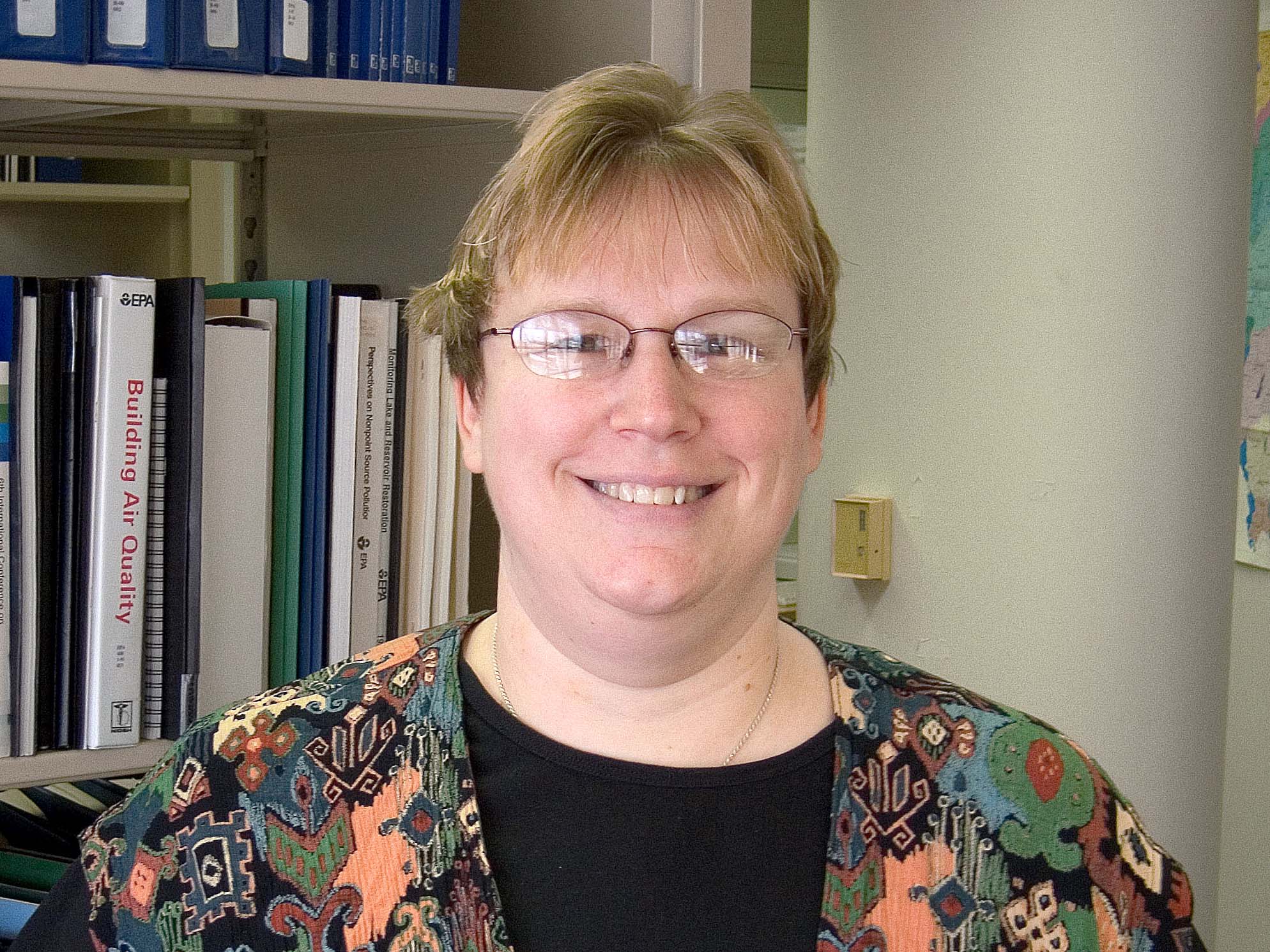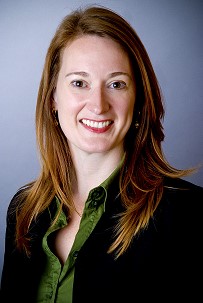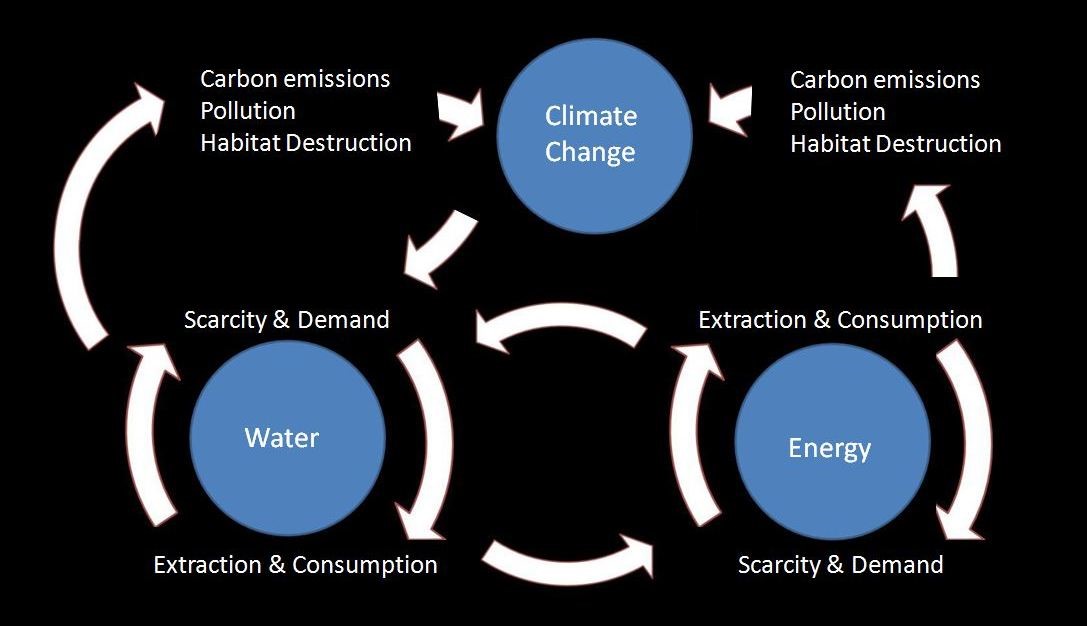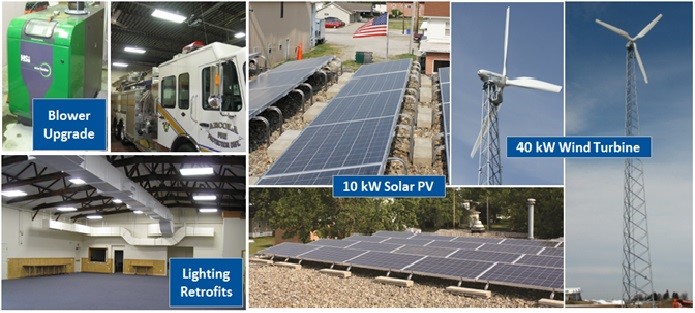The City of Galena is known for its grand, historic downtown district, rolling hills, and beautiful fall colors. What most people don’t know is that they are sustainability leaders, both in their region and within the state. From their leadership in best sustainability practices, Galena continues o grow sustainability initiatives in this quaint, Midwest destination city.
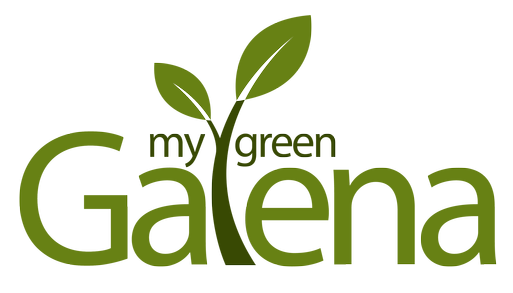 The City of Galena is located in the western tip of Illinois, adjacent to the Mississippi river. Home to Ulysses S. Grant, its scenic roads and historic charm bring hundreds of thousands of visitors to the area each year. In 2012, the City decided to make sustainability the core guiding principle of their government. They began with a logo competition for their “My Green Galena” slogan. They were looking for a graphic that would embody and brand the City’s efforts throughout the town. The final design (pictured, right) was not only adopted by the campaign but by the city as well.
The City of Galena is located in the western tip of Illinois, adjacent to the Mississippi river. Home to Ulysses S. Grant, its scenic roads and historic charm bring hundreds of thousands of visitors to the area each year. In 2012, the City decided to make sustainability the core guiding principle of their government. They began with a logo competition for their “My Green Galena” slogan. They were looking for a graphic that would embody and brand the City’s efforts throughout the town. The final design (pictured, right) was not only adopted by the campaign but by the city as well.
The City government knew that they had to lead of the sustainability effort. “Local governments are the movers of change. Change has to begin at our level or it won’t happen,” said City Administrator, Mark Moran. Thus, the city started investigating opportunities to decrease their environmental footprint.
The city had already established a curbside recycling program for residents. They chose to expand that initiative to institute a “pay as you throw” garbage system, where have a cap on how much trash they send to the landfill. Putting a cap on garbage encourages residents to compost and divert recyclable materials away from the landfill. Additionally, the city collects items that are recyclable but not commonly collected, such as electronics (which are required to be recycled by Illinois law), batteries, CFLs and prescription medicines.
 One of the most impressive projects the city implemented was a 368 kW, 1,444 high efficiency photovoltaic solar panel array at their wastewater treatment plant. The $1.3 million dollar project was funded through a 60% grant from the Illinois Clean Energy Community Foundation, producing nearly 50% of the power needed to operate the wastewater treatment facility. This saved the city about $46,000 a year just from avoided power purchasing costs and net metering revenue.
One of the most impressive projects the city implemented was a 368 kW, 1,444 high efficiency photovoltaic solar panel array at their wastewater treatment plant. The $1.3 million dollar project was funded through a 60% grant from the Illinois Clean Energy Community Foundation, producing nearly 50% of the power needed to operate the wastewater treatment facility. This saved the city about $46,000 a year just from avoided power purchasing costs and net metering revenue.
The City of Galena has also invested in different energy efficiency initiatives, such as LED street lights to replace the high pressure sodium lighting. They also retrofitted city hall and their police station. Galena’s city hall was repurposed from an old grocery store, reutilizing a historic building close to downtown. They added skylights, thermopane windows, retrofitted all lighting to LED, and landscaped with low- to no- water perennials. By retrofitting this old building, the city avoided construction waste impact and used an existing, historic structure.
Since winning the Award, the city has added an EV charging station for visitors who want to charge their cars when they come to visit. Mr. Moran commented that since they received the Award, the city staff have “more energy and enthusiasm in each subsequent project we’ve implemented. There is a sense of pride that we haven’t had before.” The Illinois Governor’s Sustainability Award will continue recognizing Illinois public and private sector organizations to empower and encourage them to continue on their sustainable journey.
Don’t miss out on recognizing this year’s Governor’s Sustainability Award winners with us. Please visit our Awards Ceremony webpage to see the entire agenda for the day. We hope that you can join us on October 27th at the Sheraton Chicago Hotel and Towers!




